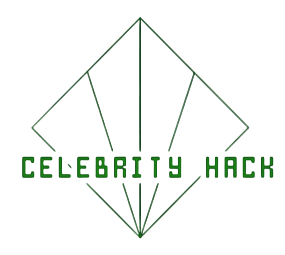The phrase “digital rights management,” which can also be abbreviated as “DRM,” refers to a technology that can be used to prohibit the unauthorised spread of digital information and software that is protected by copyright laws. DRM can be abbreviated in full as “digital rights management.” DRM, or digital rights management, is often implemented through the use of codes that serve to either prevent users from copying a product or limit the number of devices that can have access to that product. Either of these two justifications can justify doing this. In either scenario, the goal of these regulations is to ensure that the intellectual property of the products that are being considered is protected.
In the digital rights management (DRM) industry, some of the most well-known companies include Microsoft PlayReady, Apple FairPlay, Google Widevine, Adobe PrimeTime, Verimatrix ViewRight, and Marlin, amongst many others. Microsoft PlayReady, Apple FairPlay, Google Widevine, Verimatrix ViewRight, and Marlin are all examples of DRM software. These businesses are well recognised as being significant participants in the market. However, in order for these services to function as they were designed to, the web browsers, operating systems, and casting devices that you utilise must be compliant with the precise requirements that are being imposed by these services. To give you an example, PlayReady would only work in Internet Explorer and Microsoft Edge, whereas FairPlay would not work on any browser other than Safari. Because there is a lack of standardisation across the various entities that are involved in the content security sector, it can be difficult for content providers to give all of their customers with a secure version of the items they provide. Integrating a variety of different digital rights management systems (DRMs) into a single platform is one approach that may be taken to address this challenge. This is only one of many other strategies that might be taken. This can be accomplished by deploying complex logic gates, which, depending on what the customer has requested, are able to toggle between a variety of various DRM procedures. Applying these logic gates is made possible by using the service console, which you can find here.

Historically, the protection of audio and video material within web browsers was handled by a single digital rights management (DRM) system. This is no longer the case. Users were forced to download additional browser plug-ins, such as “Flash,” or programmes that were developed by third parties before they could access content that was password secured while using these methods. The modern Digital Rights Management (DRM) solutions that are used today do not rely on these approaches, and they are available as cloud-based solutions that can simply be coupled with the existing systems that are utilised by organisations. Additionally, these cutting-edge DRM technologies are easily accessible. In order to guarantee compatibility with all of the most widely used web browsers and computer operating systems, multi DRM solution will typically include licence management capabilities for a number of different digital rights management systems (DRMs), such as Widevine, FairPlay, and PlayReady, amongst others. This is done in order to protect the intellectual property of content owners. This is done in order to satisfy the prerequisites for offering interoperability across a large variety of platform types.
Companies that offer Multi-DRM, which is also known as DRM as a Service, offer assistance with the coding process and have an automated workflow that begins with the input file and continues all the way to the user’s device. These companies also provide Multi-DRM. Because of a piece of technology known as MPEG-CENC, which is also known as Common Encryption, it is now feasible for a single piece of content to be associated with more than one of a variety of digital rights management systems (DRM). This demonstrates that the video can be encoded in addition to being encrypted while still keeping the capability to make use of the same key. During the packaging process, the metadata for each of the many DRMs is added. Despite this, it is the exclusive responsibility of each DRM system to manage the licencing purchase and mapping details on its own accord. As a direct result of the supply of these services, the expenses of encryption, asset management, and client licencing have all seen considerable reductions in total cost.











